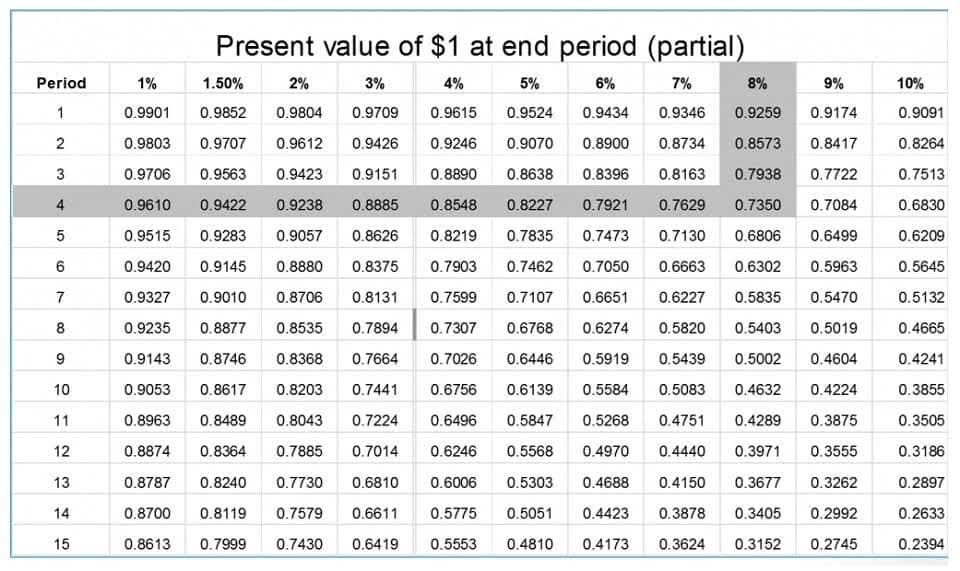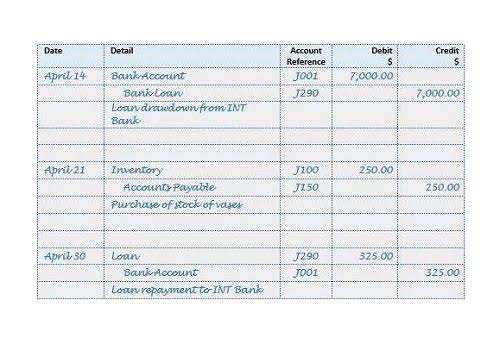Cost control and monitoring: Cost Control in the Digital Age: Trends and Challenges

By establishing KPIs, leveraging technology, conducting audits, and seeking employee feedback, you can ensure that your cost control strategies are effective and aligned with your business petty cash goals. Remember, cost control is an ongoing process, and continuous monitoring and evaluation are key to adapting and improving your strategies over time. Efficiently managing inventory levels is essential to minimize holding costs and ensure that the right products are available at the right time.
- Organizations will leverage advanced tools and analytics to optimize cost management, improve efficiency, and gain real-time insights into financial data.
- In contrast, established corporations may adopt a more measured approach to innovation, with structured R&D departments and stage-gate processes to manage the lifecycle of new product development.
- The Supply Chain Dynamics Course is designed to equip participants with the knowledge and skills necessary to navigate the complexities of modern supply chain management.
- This involves a deep dive into the company’s spending patterns, identifying areas where costs can be optimized without compromising on quality or output.
- Together, these measures will enable a more sustained approach to IT cost transformation that likely lasts beyond the current crisis and can convert the rusted IT department to a strategic business partner.
Budgetary control
This analytical approach is not confined to large corporations; even small businesses can leverage data analytics to streamline processes, reduce waste, and enhance productivity. Happay leverages data analytics and reporting tools to provide valuable insights into spending patterns, cost drivers, and potential cost-saving opportunities. These insights enable organizations to identify areas where costs can be reduced, allocate resources efficiently, and optimize their cost control strategies. Company X, a manufacturing firm, was struggling with high production costs and inefficient processes. By implementing an enterprise resource planning (ERP) system, they were able to automate various aspects of their operations, including inventory management, order processing, and production planning.

IIM Kozhikode Professional Certificate Programme In Project Management – Batch 10
- Or they could license expensive project management software, only to find a fraction of employees were using it.
- By addressing these challenges head-on, businesses can harness the power of digitalization to achieve more efficient and effective cost control.
- It facilitates strategic decision-making by providing insights into cost drivers and spending patterns, enabling informed resource allocation and investment choices.
- NexusTek helps you optimize IT investments to improve efficiency, strengthen security, and drive business growth.
- This could involve renegotiating contracts with suppliers, optimizing operational processes, improving energy efficiency, or implementing technology solutions that automate tasks and streamline operations.
But they are looking for ways to eliminate unnecessary expenses and streamline their approach—and with good reason. Virtualization involves dividing the resources from a single computer (e.g., processors, memory and storage) into several virtual machines (VMs). Before virtualization, each application server had its own corresponding CPU, which would ultimately lead to several servers not running at capacity. Virtualization enables organizations to match applications with their own virtual machine and operating system on one physical computer.
An overview of effective strategies for controlling costs
Our work with clients across industries affirms that successful cost transformations can have a positive, long-term effect on spending and can prevent costs from returning. They can help CIOs balance investments in business needs while dramatically improving the efficiency of the tech function. Companies that achieve these savings in ways that support and strengthen their long-term strategic goals tend to share a few habits (see Figure 1). This is particularly poignant in the Japanese market, where the role of CDO/ CIO, while on the rise, only exists in a small number of organizations. IT should move beyond being a simple service provider and order taker required to seek efficiencies. Cost reduction exercises should be a joint effort between the CIO/IT executives and the CFO and Business Executives.

The Next Frontier in Cost Management

Like many cost control businesses, yours probably uses a “pay as you go” subscription model that includes discounts or rate reductions for lower usage. However, if you don’t monitor your actual cloud usage and claim those discounts or cheaper rates, you can wind up overpaying for months or even years without realizing it. What we are finding is that in a lot of companies, there are great data scientists and great business people but what is missing is business people who know enough data analytics to say, here is the problem I would like you to help me with. And then they can take the outcome from the data scientists and see how they can best leverage it.

It is about making informed decisions, being adaptable, and always keeping an eye on the long-term strategic goals. The digital age offers unprecedented opportunities for innovation, but it also presents new challenges in cost control that must be navigated with care and expertise. The main advantage of cost accounting is that it provides detailed insights into costs, allowing organizations to make informed decisions, identify cost-saving opportunities, and improve financial planning. Five cost control methods include budgeting and forecasting, process optimization, vendor management, waste reduction, and implementing technology solutions for automation.
By understanding your costs and market demand, you can strategically set prices that not only cover your expenses but also generate a healthy profit. Right now, for example, some companies are taking the opportunity to rethink and modernize parts of their technology architecture given changes in business requirements and demand due to Covid-19. One major airline is modernizing its technology to reduce costs and improve performance in the post-Covid environment. Banks and retailers have been navigating a similar shift over the past decade, reducing their bookkeeping and payroll services need for physical space (branches and brick-and-mortar stores) to free up capital that can then be invested in digital customer experiences. Midsize banks have generally been able to shift their operating model to accommodate the change. For some larger banks, with sprawling legacy IT systems, it has proved more efficient to spin out digital subsidiaries, green-shoot banks that can start with a clean technology slate.
